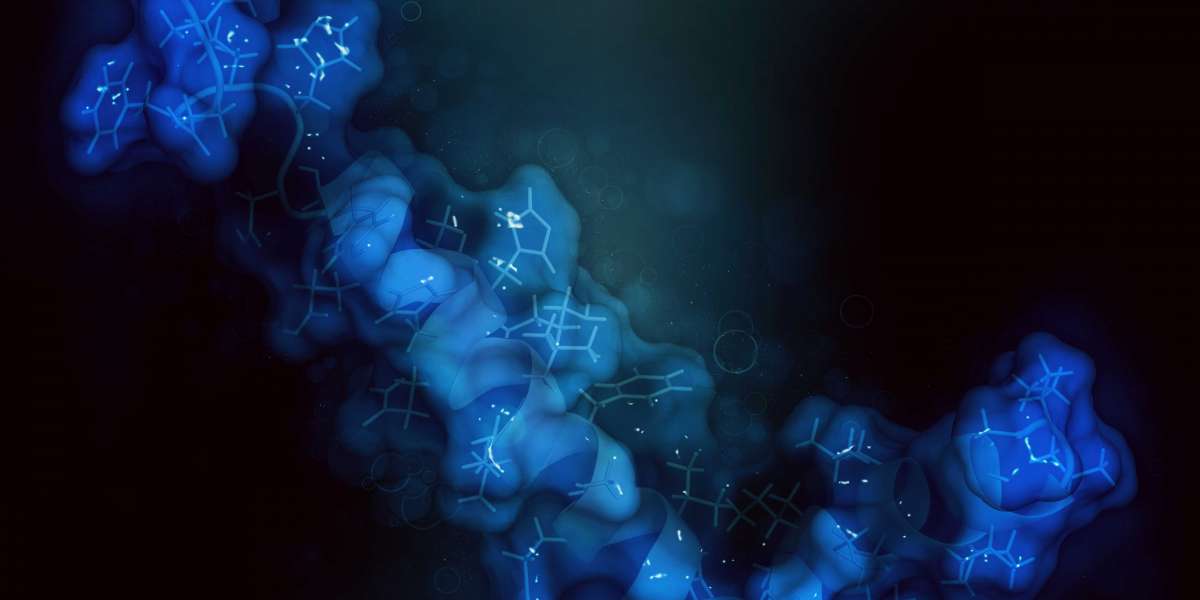Human testicular endothelial cells (HTECs) are specialized cellular components of the testicular microvascular endothelium, playing a crucial role in the overall function and health of the testis. These cells are critical in maintaining the unique environment required for spermatogenesis and are integral to the blood-testis barrier (BTB).
Structure and Function
The endothelial cells in the testis are distinct from those found in other tissues. They exhibit specialized structural features that contribute to their unique functions. These cells form the lining of blood vessels within the testis and are instrumental in regulating the movement of substances between the bloodstream and the testicular interstitium.
One of the hallmark features of HTECs is their ability to form tight junctions with adjacent cells, a characteristic critical for the integrity of the blood-testis barrier. This barrier serves to protect developing germ cells from harmful substances and provides a regulated environment conducive to spermatogenesis.
Role in Spermatogenesis
Spermatogenesis, the process of sperm production, requires a tightly controlled environment within the seminiferous tubules. HTECs contribute to this microenvironment by regulating the transport of hormones, nutrients, and other signaling molecules essential for the maturation of germ cells.
Furthermore, HTECs interact with various cell types within the testis, including Sertoli cells and Leydig cells, fostering an integrated network of communication that supports healthy sperm development.
Implications in Health and Disease
Disruption of HTEC function can lead to various reproductive disorders. Conditions such as testicular cancer, infertility, and hormonal imbalances may be linked to alterations in endothelial cell activity. Research has indicated that inflammatory processes, oxidative stress, and other physiological disturbances can impair the function of HTECs, consequently affecting sperm production and overall testicular health.
Understanding the biology of HTECs is critical for developing targeted therapies for male infertility and other testicular pathologies. Investigations into the molecular signaling pathways that regulate HTEC function may uncover potential therapeutic targets for restoring normal testicular function and improving reproductive outcomes.
Conclusion
Human testicular endothelial cells play a vital role in the maintenance of testicular health and function. By understanding their structure, function, and implications in disease, researchers can better address male reproductive health issues. Continued exploration into the intricacies of HTECs will pave the way for innovative treatments and improvements in men’s health.








